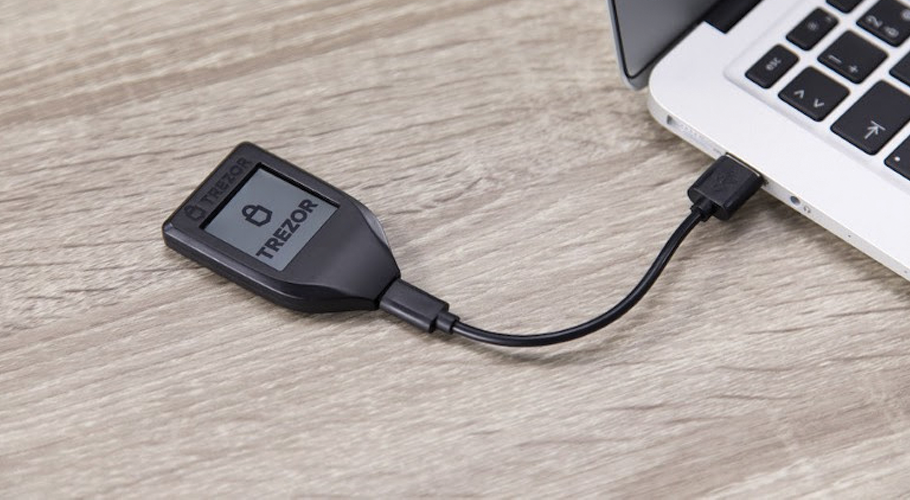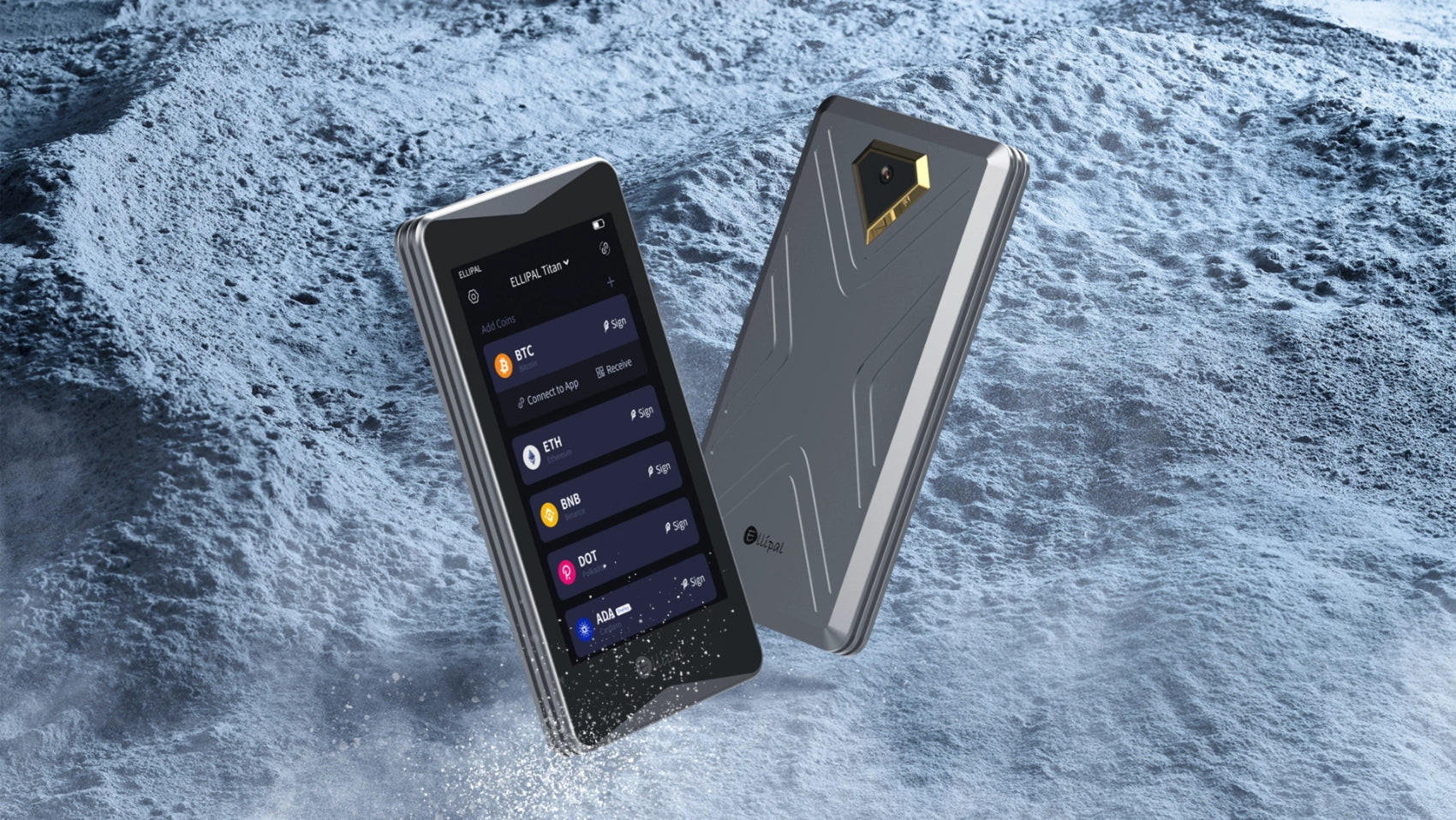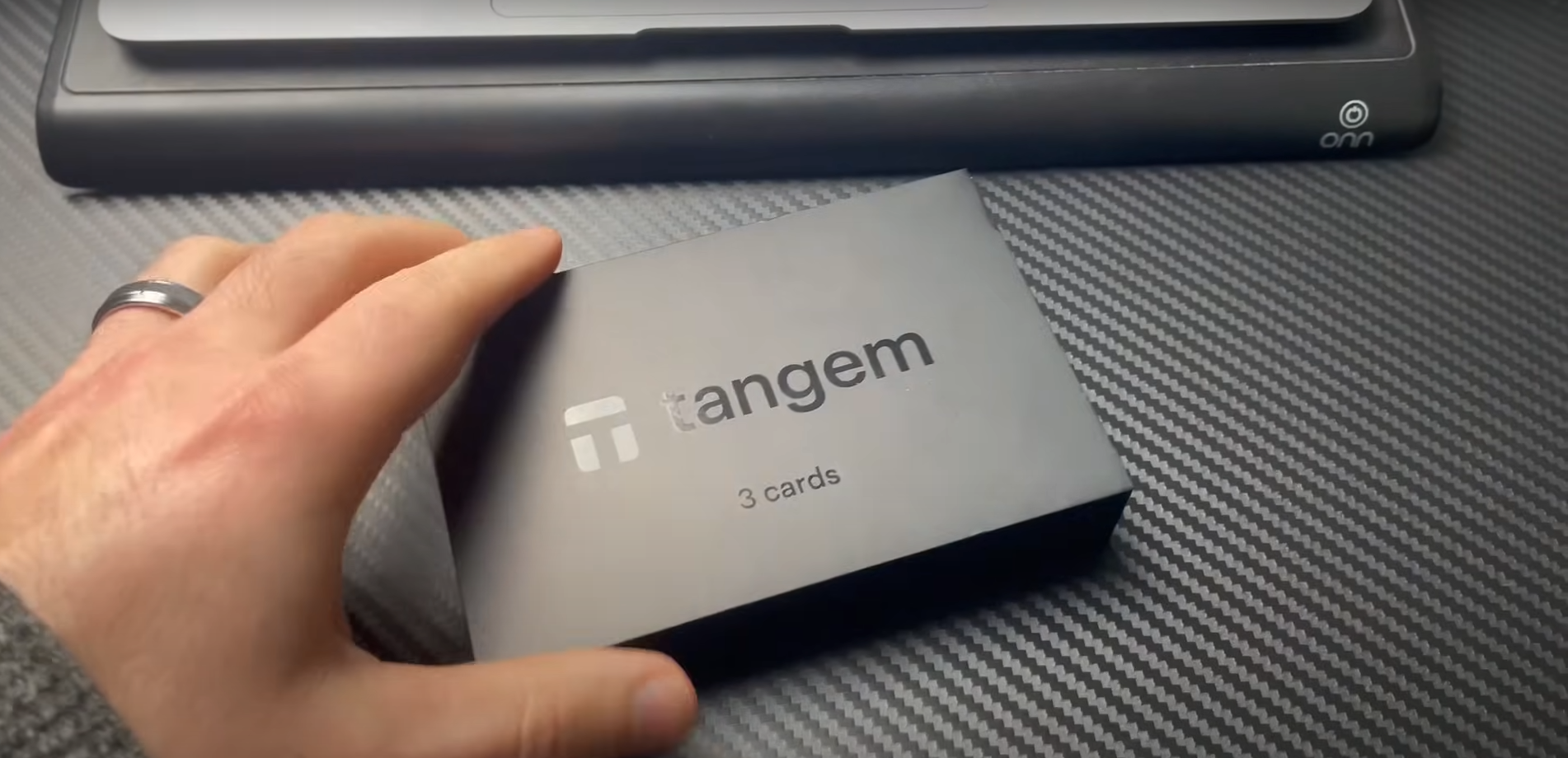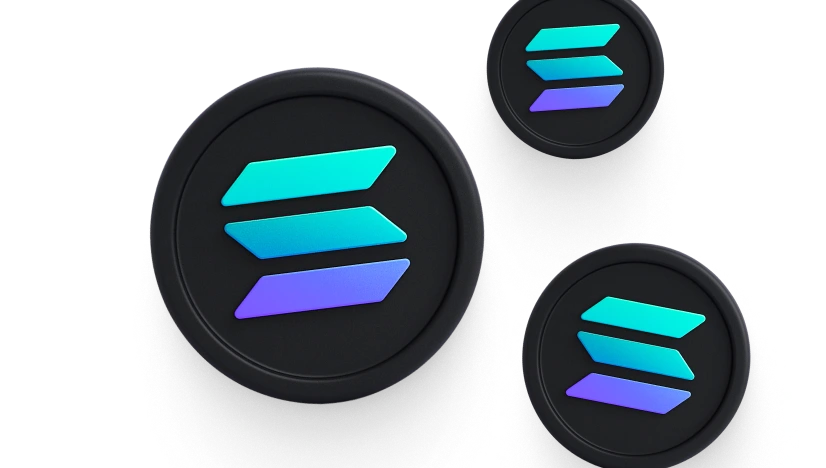Choosing the right Ethereum wallet is a pivotal decision for both newcomers and seasoned crypto holders. You need a solution that secures your keys, trusts no one, and offers seamless interaction with Ethereum’s flourishing ecosystem—from DeFi platforms to NFTs and staking services. Given the growing threats from hacks, phishing, and malware, the ideal wallet must strike the perfect balance between bulletproof security and intuitive usability.
This detailed guide walks you through the best self-custodial Ethereum wallets in 2025. You’ll get in-depth analyses of hardware wallets, smartcard-based wallets, mobile and desktop wallets—even institutional-grade options—all designed to give you full control without compromising on ease of use.
Hardware Wallets: Ultimate Security for Long-Term Holders
Ledger Nano X
Security & Features: The Ledger Nano X remains a gold standard, embedding your private keys within a CC EAL5+ secure element, completely offline. With both Bluetooth and USB-C connectivity, the device pairs smoothly with Ledger Live on mobile or desktop for sending ETH, staking, or swapping assets. It supports over 5,500 cryptocurrencies, including all Ethereum-based tokens, and recently introduced Bluetooth-enabled ease without sacrificing security.

Usability Notes: Its mobile compatibility makes managing Ethereum on the go effortless. Weekly firmware updates keep up with evolving threats, and the sleek steel-and-plastic design is built to last. Still, hardware comes with upfront cost—around $149—but that is a small price for real offline protection.
Trezor Model T
Security & Functionality: Trezor’s Model T pairs open-source transparency with hardware strength. The secure chip safely handles private keys, while the touchscreen and Shamir Backup feature allow sophisticated recovery options, ideal for users who prioritize openness along with convenience.

Usability Notes: Its touchscreen makes for intuitive operations—enter PINs or verify addresses right on the device. Being open-source, it invites community trust, but lacks wireless features like Bluetooth, which might disappoint mobile-first users.
ELLIPAL Titan 2.0
Security & Innovation: This air-gapped hardware wallet operates via QR codes only, removing USB, Wi-Fi, NFC, and Bluetooth risks entirely. Supported by a CC EAL5+ secure element, it auto-wipes if tampered with. A 4-inch screen shows full transaction details, and it supports Ethereum, ERC-20 assets, NFTs, and staking through dApp integration.

Usability Notes: Its rugged design ensures tamper-resistant transport, perfect for high-value holders who prioritize maximum isolation. The QR workflow is modern yet reliable—just beware of the learning curve for users new to air-gapped devices.
Smartcard & NFC Wallets: Elegant Security with Simplicity
Tangem Wallet
Security & Simplicity: Tangem looks like a credit card, uses NFC to pair with your phone, and stores your keys in an EAL6+ secure chip—one of the highest security levels. Wallets come in sets (usually 2–3 cards) for backup and don’t rely on seed phrases.

Usability Notes: Tap the card to sign transactions—no messy seed backups or cables needed. If you prefer seed-less solutions and want clean, physical redundancy, Tangem delivers. Just keep those cards safe, as losing all of them means losing your Ethereum.
Software & Mobile Wallets: Convenience Meets Self-Custody
MetaMask
Security & Capabilities: MetaMask combines software convenience with self-custody—your private keys live on your device, not MetaMask’s servers. With over 21 million users monthly, it supports in-browser and mobile dApp access, custom token management, and built-in token swaps (with a 0.875% fee).

Usability Notes: Ideal for DeFi users who regularly use decentralized exchanges or NFT platforms. The UI is familiar and widely supported, though it’s essential to ensure you only interact with trusted sites to avoid phishing risks.
Trust Wallet
Security & Ergonomics: Trust Wallet is mobile-first, non-custodial, and boasts over 50 million downloads. It supports Ethereum, ERC-20 tokens, NFTs, and includes staking options. Built-in Web3 browser and IP privacy protections (audited) strengthen its usability and safety.

Usability Notes: It stands out for beginners who want to explore DeFi and staking directly on mobile. Despite being Binance-owned, your keys remain on-device, though advanced users may worry about reliance on a centralized app ecosystem.
Exodus
Security & Features: Exodus offers a beautiful mobile and desktop UI and integrates hardware wallets like Trezor. You retain local control of your seed phrase, and the wallet includes built-in swaps, staking options, portfolio tracking, and NFT management.

Usability Notes: Ideal for users balancing multiple assets, Exodus emphasizes visual clarity and support. It’s beginner-friendly, offers live customer care, but being closed-source is a minor trade-off in transparency.
MyEtherWallet (MEW)
Security & Compatibility: MEW is Ethereum-native, open-source, and extremely flexible. Accessible via web, mobile app, or hardware wallets, it supports NFTs, staking, token swaps, and full key control.

Usability Notes: Great for advanced users or those who value decentralization and control. Since it’s open-source, you can audit the logic—just be cautious about choosing the official site and avoid phishing alternatives.
Institutional and Multi-Sig Wallets for High-Security Needs
Safe (Gnosis Safe)
Multi-signature wallets like Safe—often used by DAOs, teams, or businesses—require multiple approvals for transactions. This setup adds an extra layer of protection, ideal for shared or high-value Ether storage.
Usability Notes: A bit complex for individuals, but for group custody or governance scenarios, Safe is about as secure and flexible as you can get.
BitGo
BitGo provides institutional-grade wallet custody with multi-signature options and configurable hot/cold setups. It’s typically used by large-scale traders or custodians rather than individuals.
Usability Notes: If you’re managing large ETH reserves in a professional capacity, BitGo offers both security protocols and regulatory transparency, though it’s overkill for personal wallets.
Quick Summary Table (only here bullet style)
- Hardware Wallets (Ledger Nano X, Trezor Model T, ELLIPAL Titan 2.0): Best for long-term storage and offline security.
- Smartcard Wallet (Tangem): Elegant, seed-less, secure physical form factor.
- Software Wallets (MetaMask, Trust Wallet, Exodus, MEW): Convenient for daily use, DeFi, and NFTs while keeping control of your keys.
- Institutional/Multi-Sig (Safe, BitGo): For teams, organizations, or businesses needing shared custody and advanced control.
Best Practices for Ethereum Wallet Users
To keep your ETH safe no matter which wallet you choose:
- Always write seed phrases on metal or secure paper; store them in multiple safe locations.
- Use hardware wallets for large holdings, and mobile wallets only for everyday access.
- Never click links; always download wallets from official websites or verified sources.
- Regularly update firmware and apps to patch vulnerabilities.
- Consider using multi-sig or recovery services if you manage significant funds.
Conclusion
There’s no one-size-fits-all Ethereum wallet. If top security is your priority, hardware wallets like Ledger Nano X or the air-gapped ELLIPAL Titan 2.0 are unbeatable. If you want a sleek, seed-less form factor, Tangem is unmatched. For easy daily usage and DeFi convenience, MetaMask or Trust Wallet serve well—with trusting only your own device. And for institutional or shared custody, Safe and BitGo deliver advanced control.
